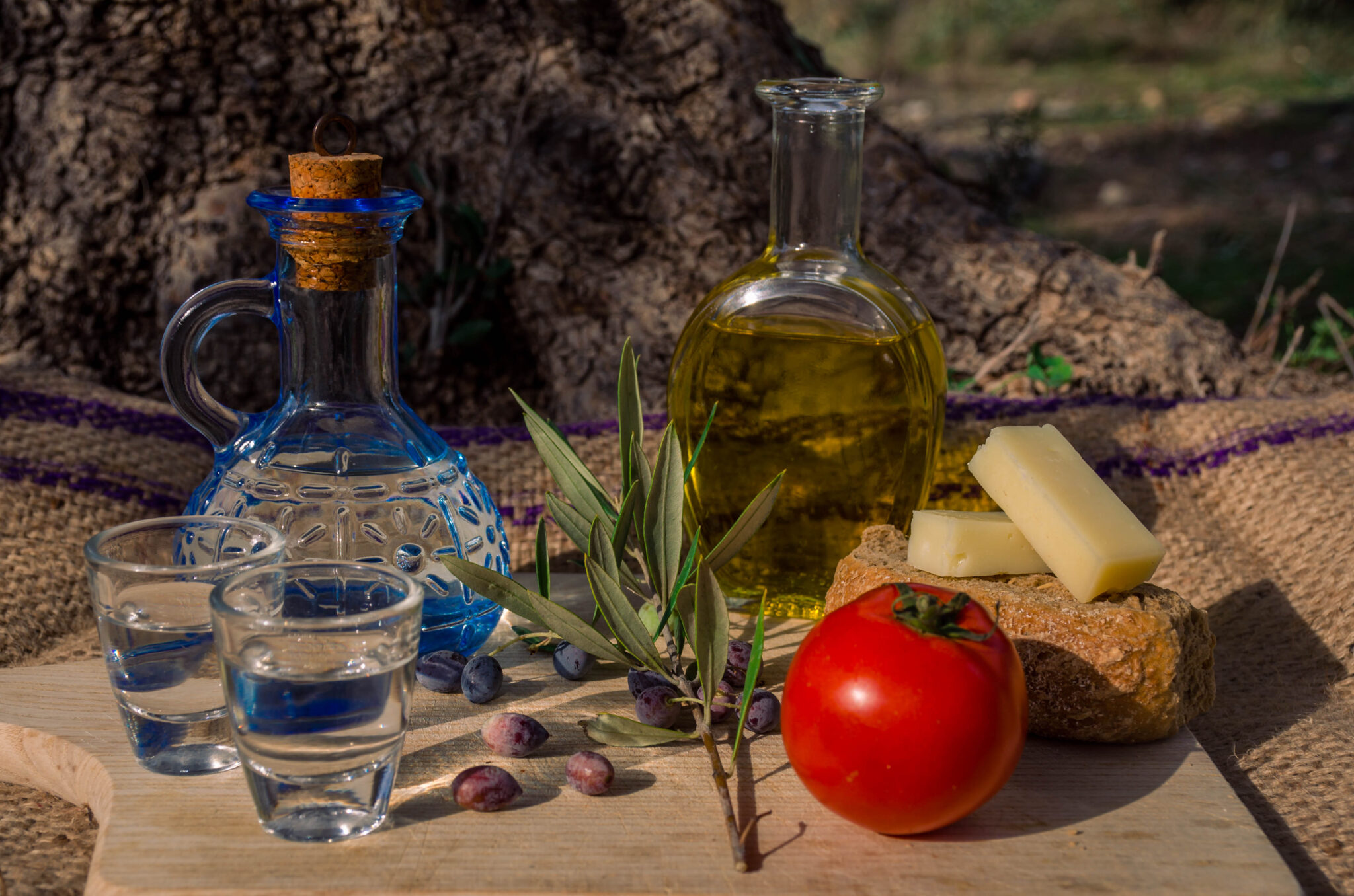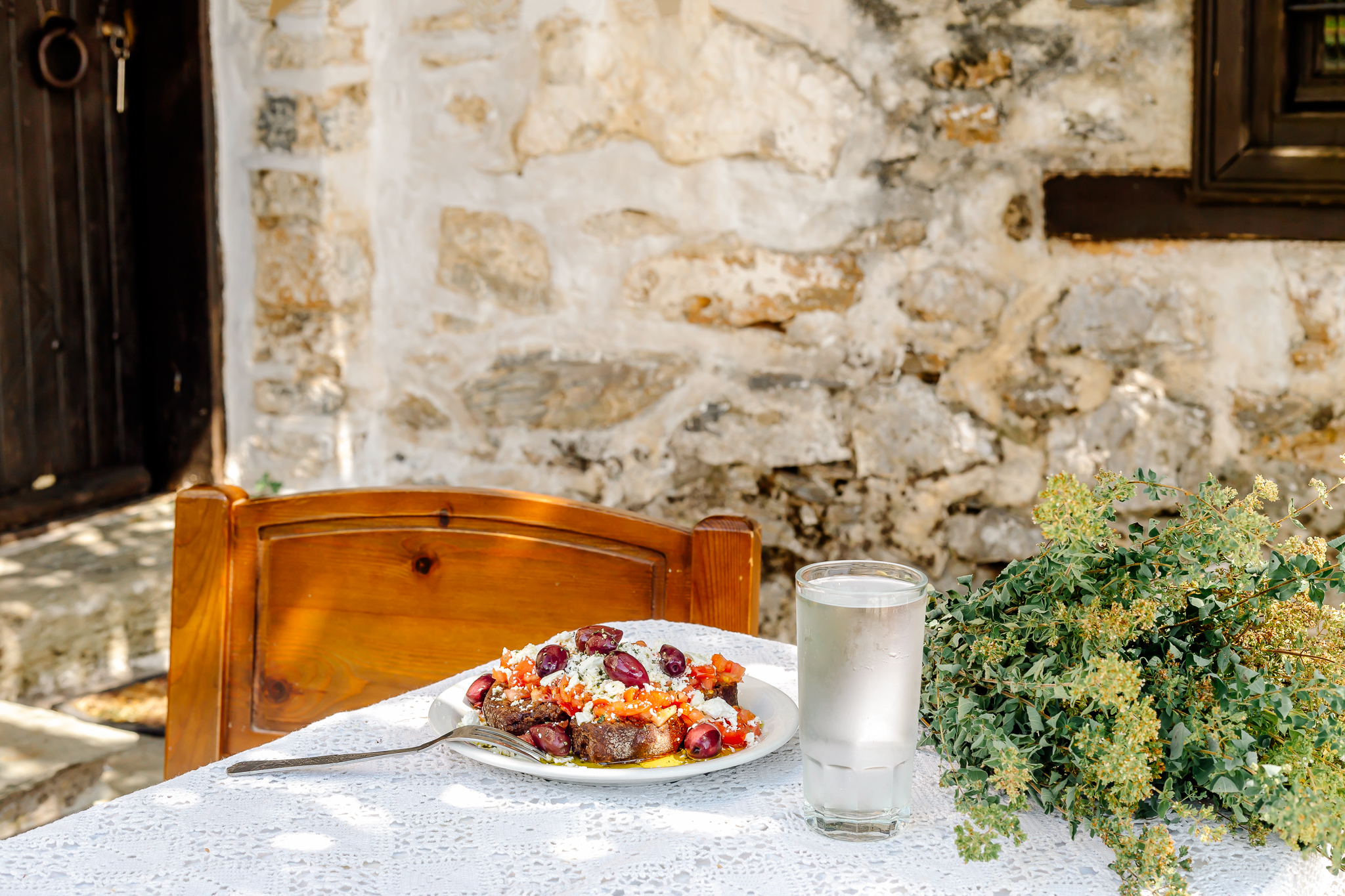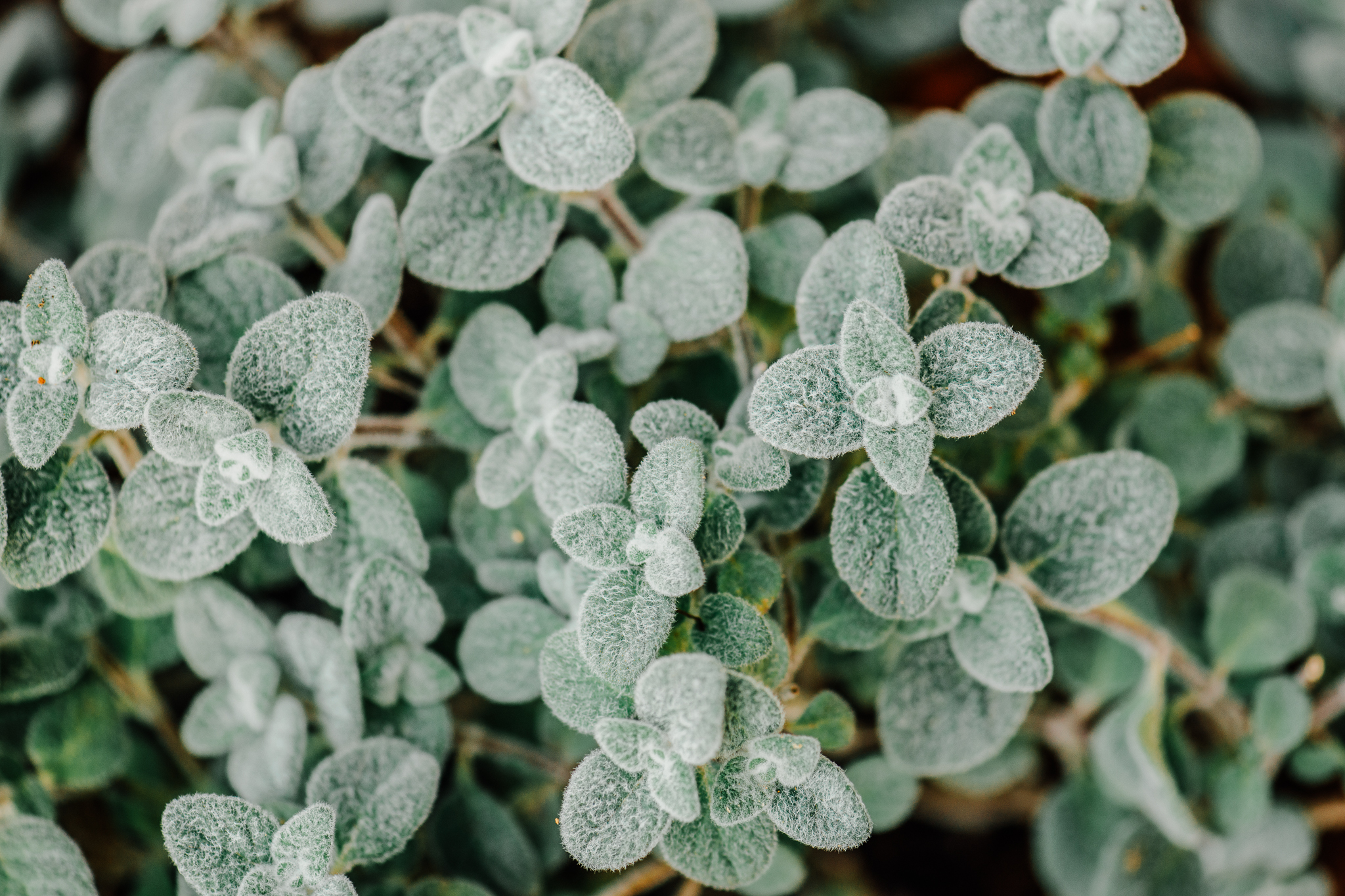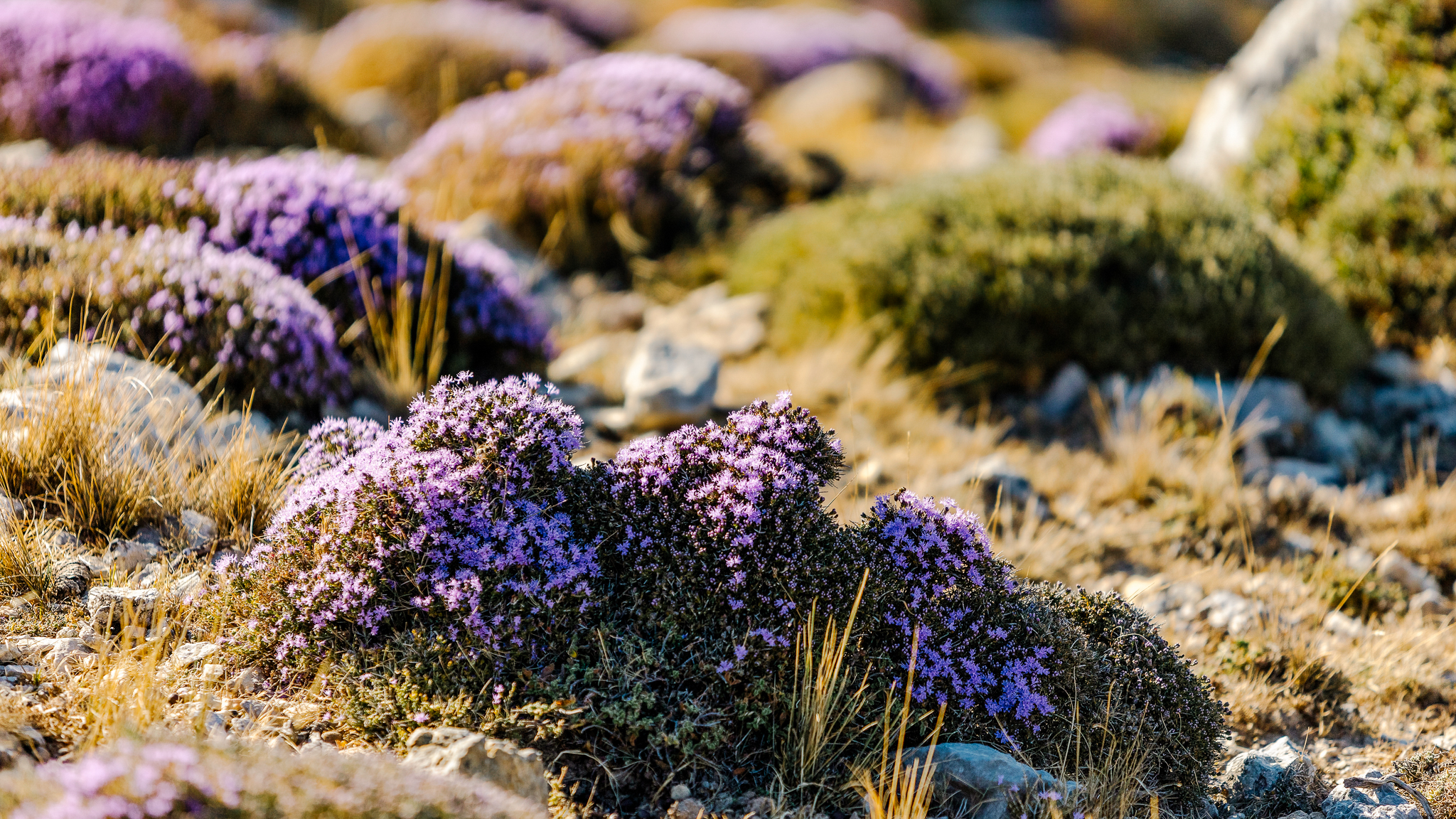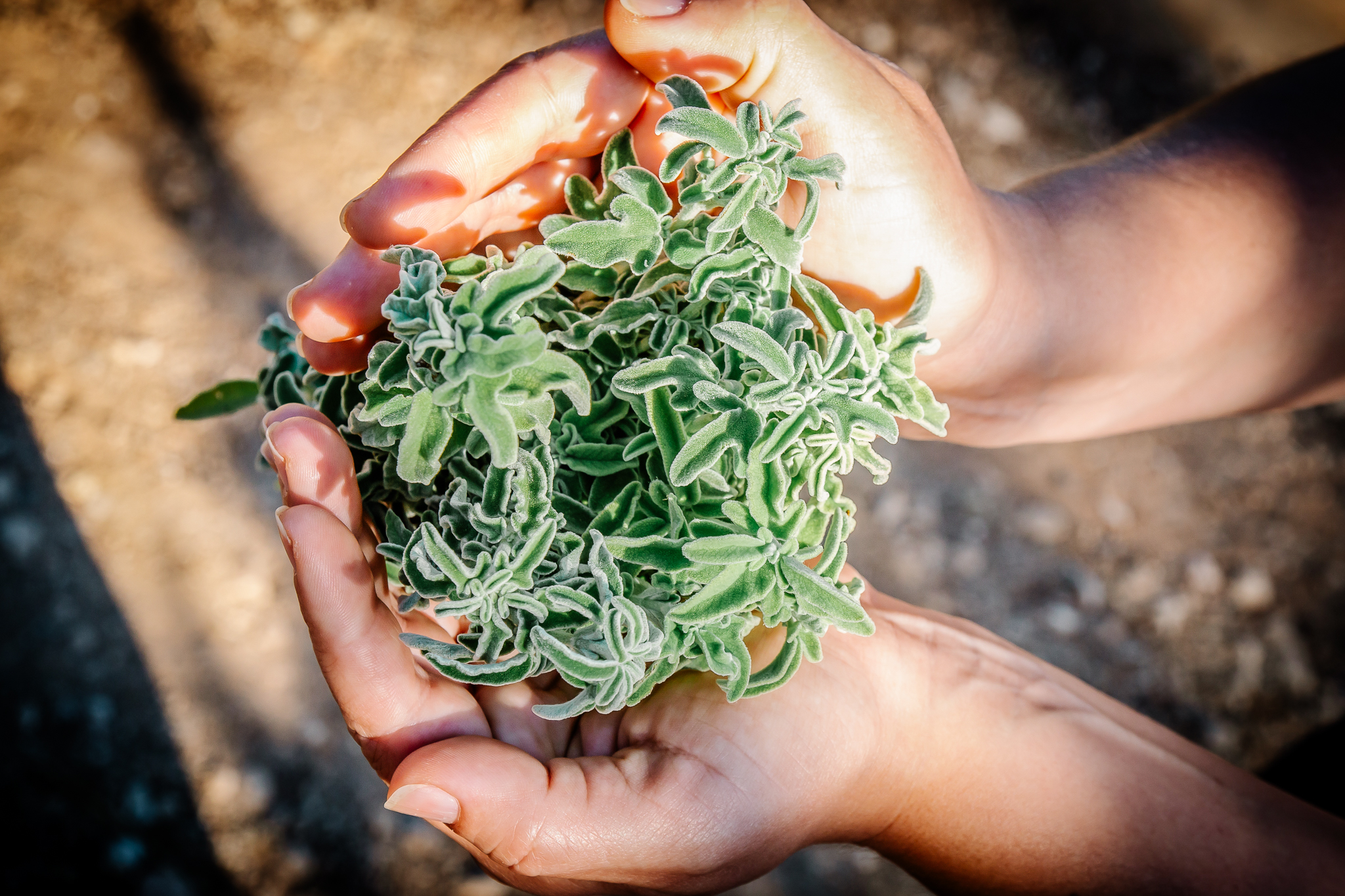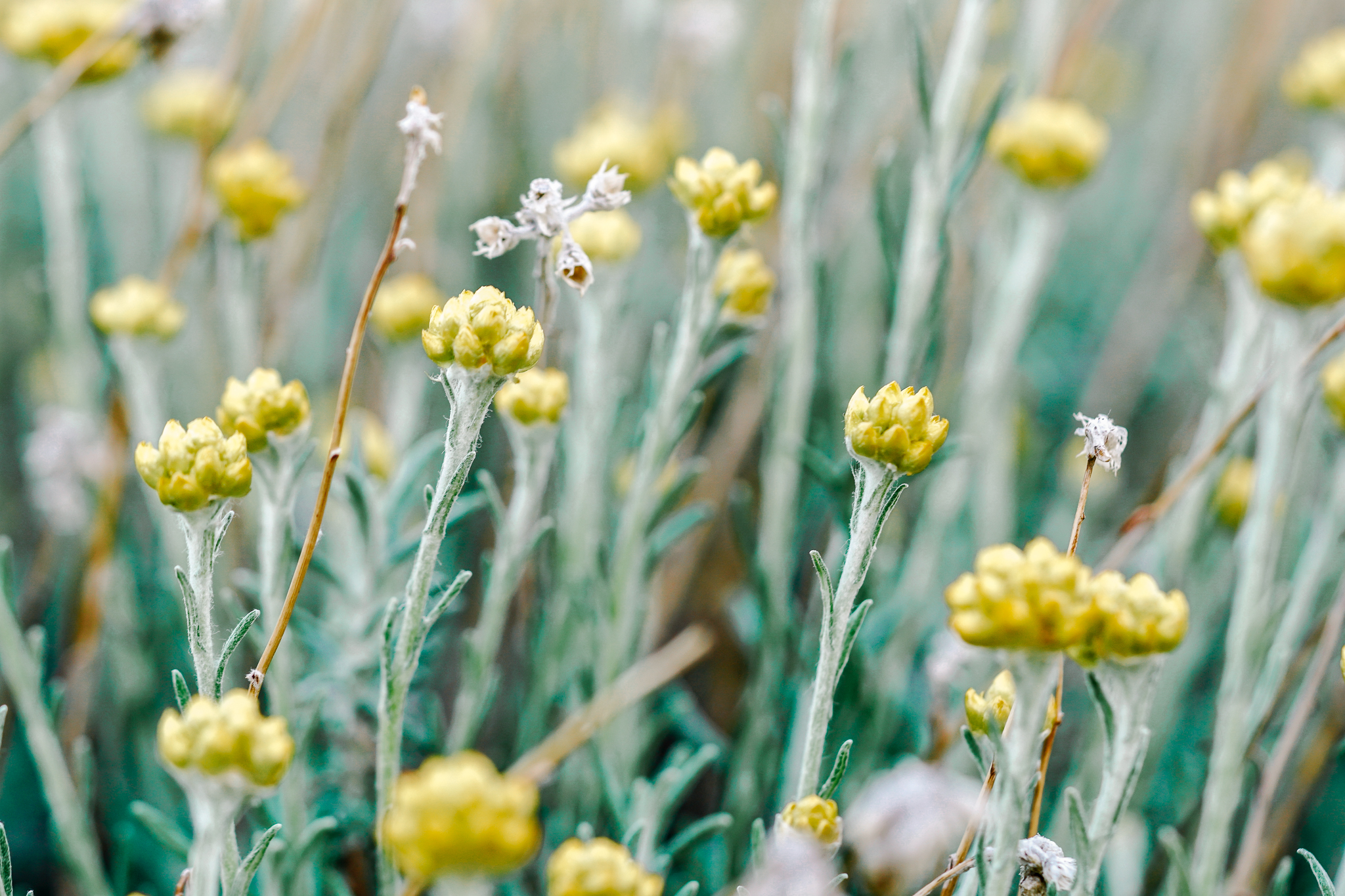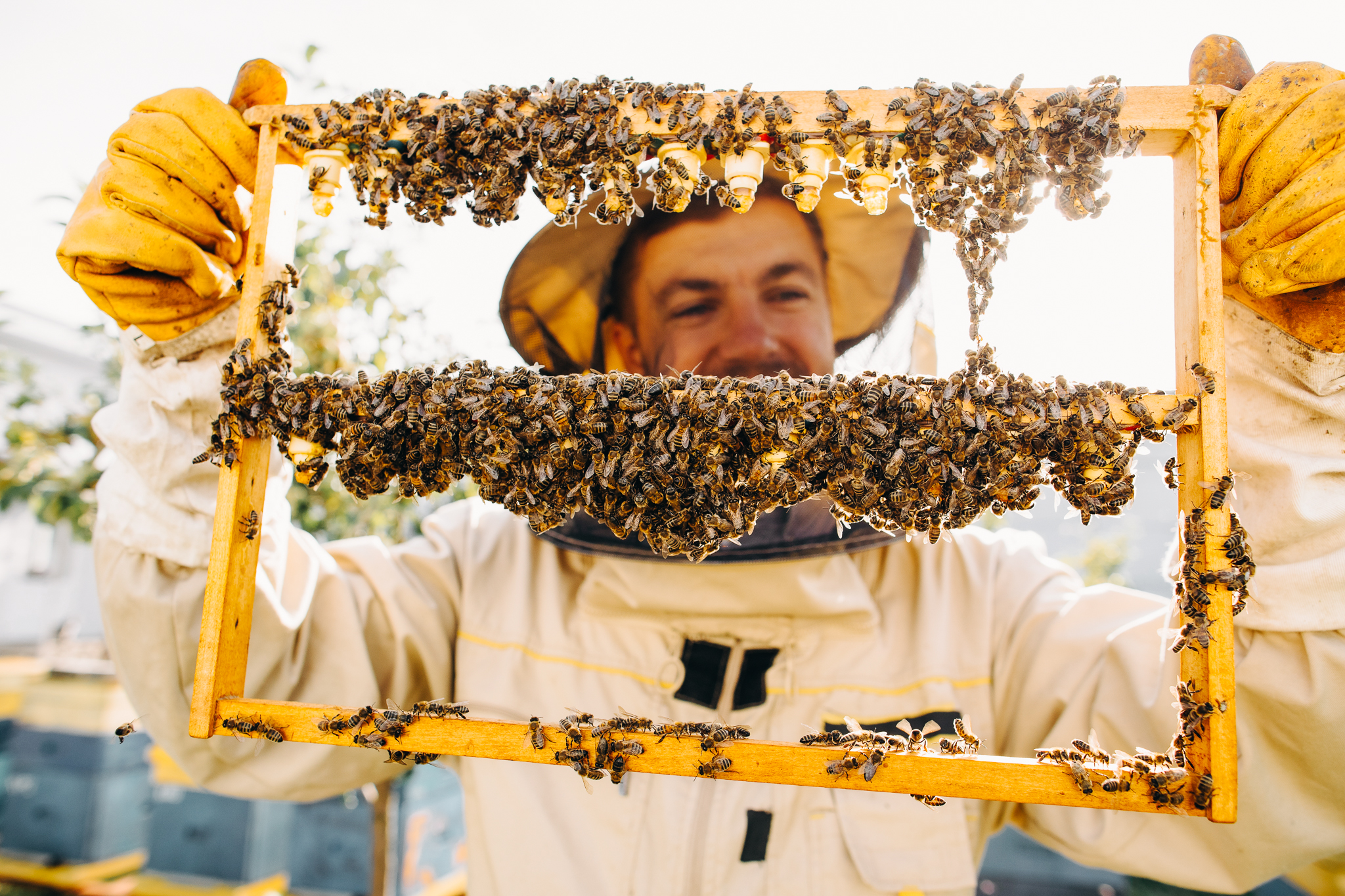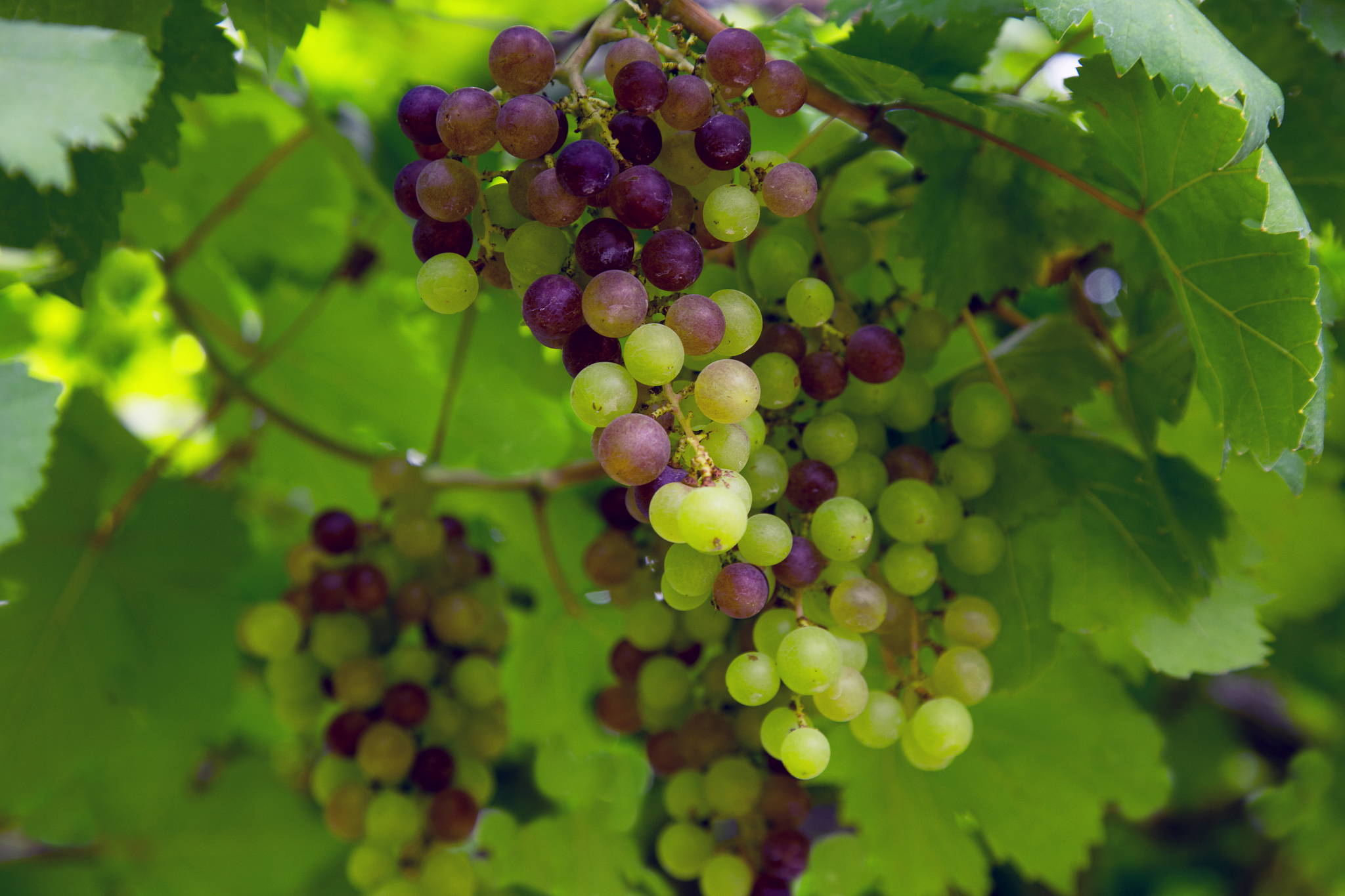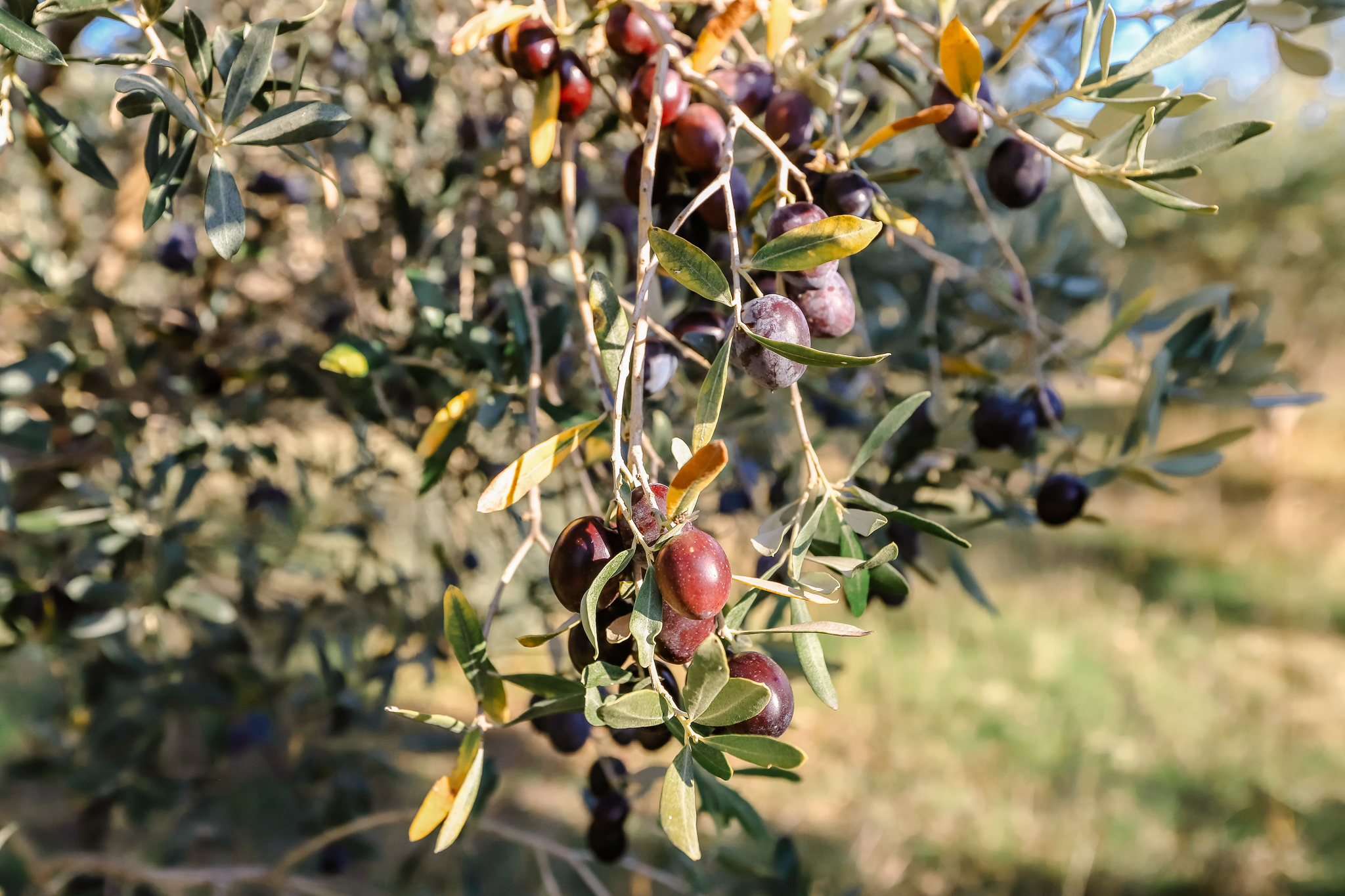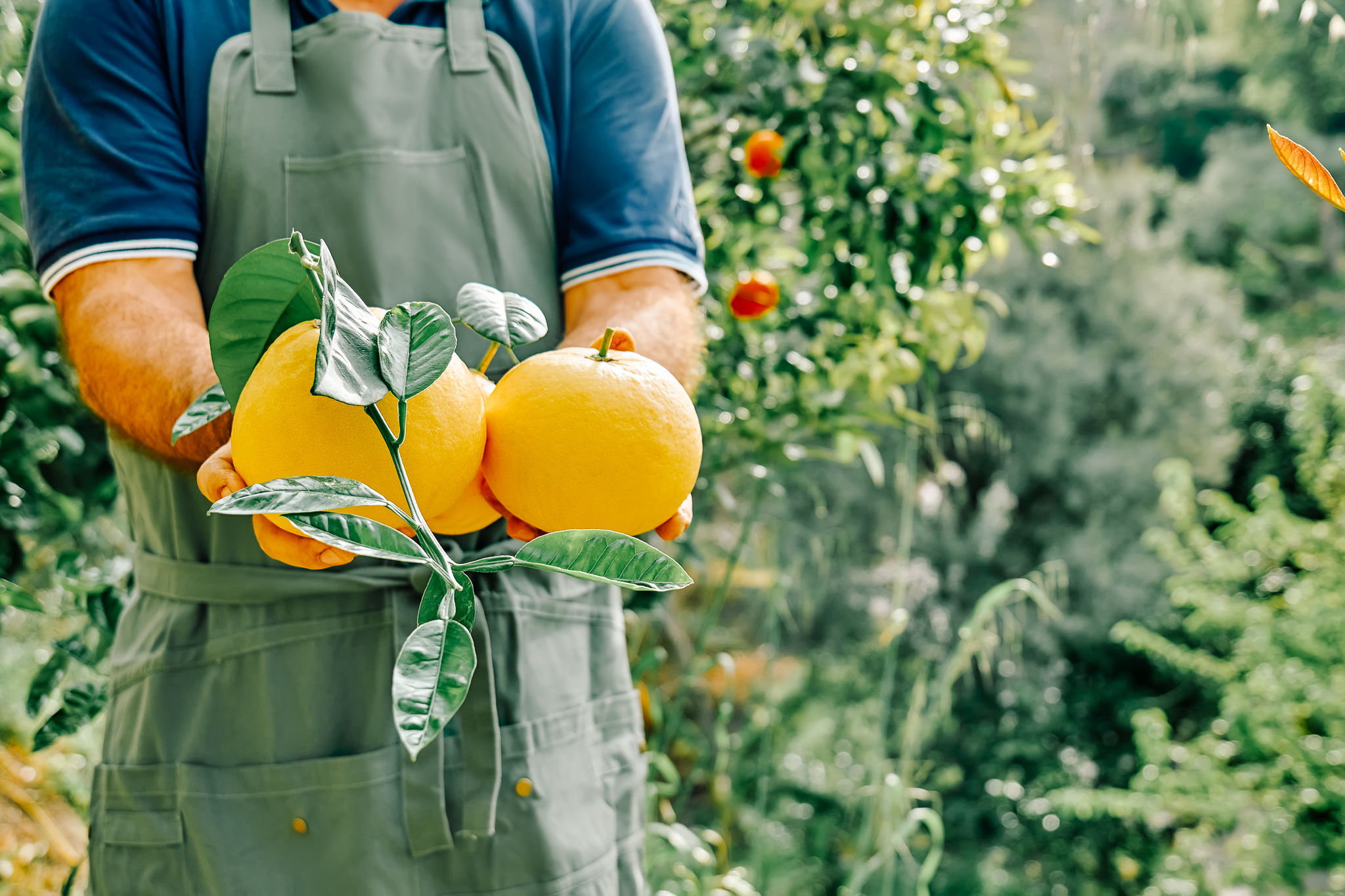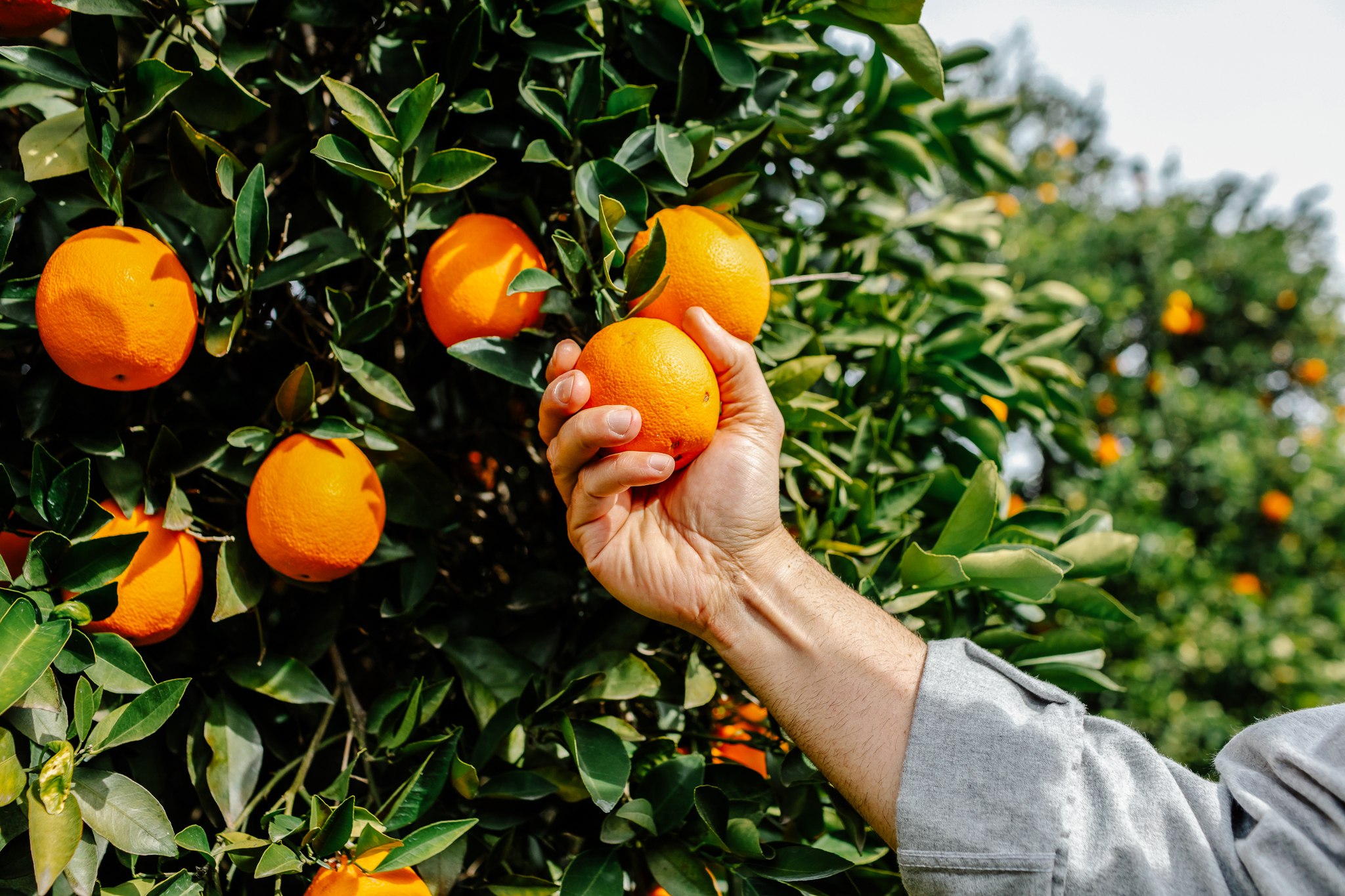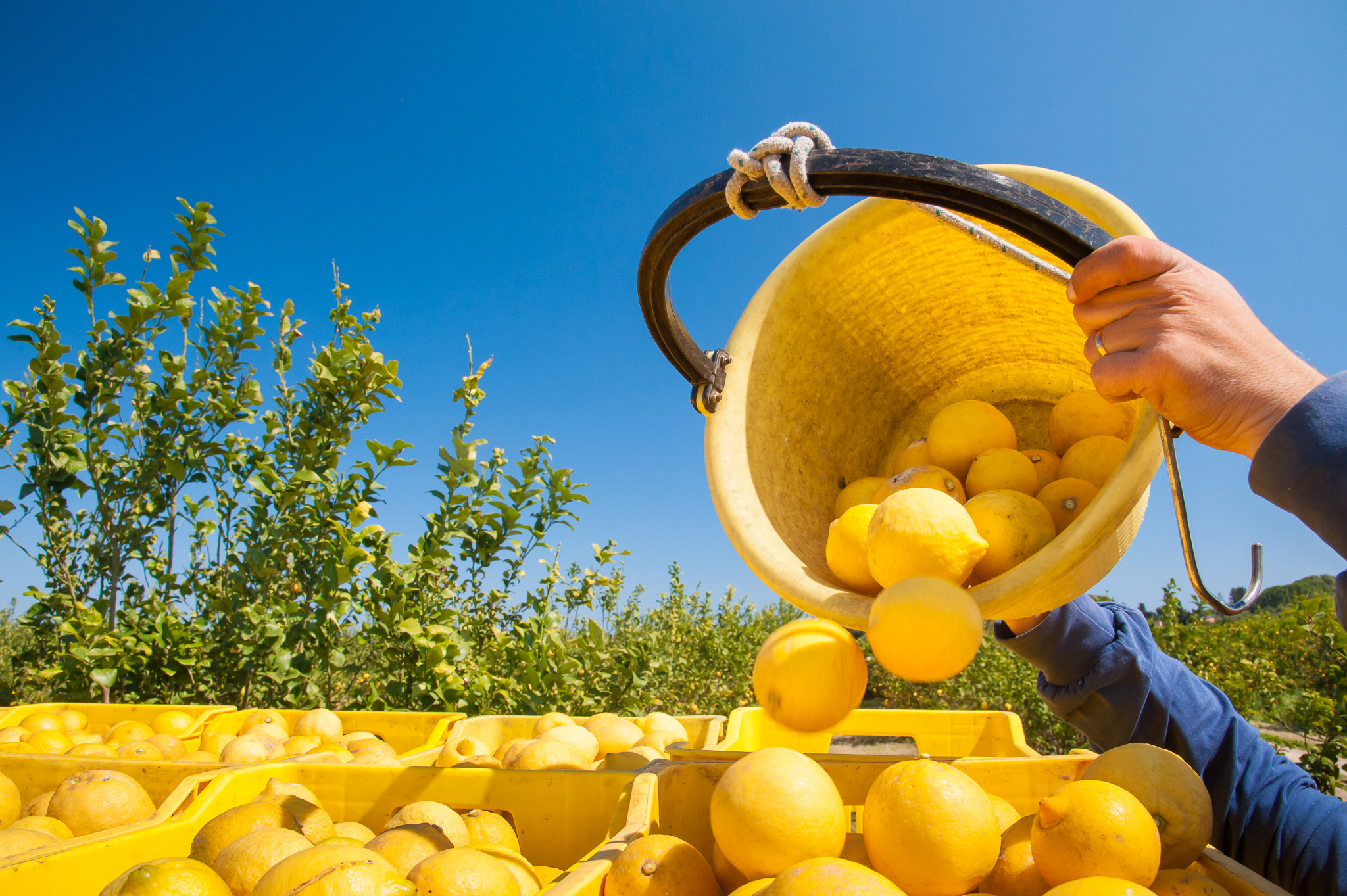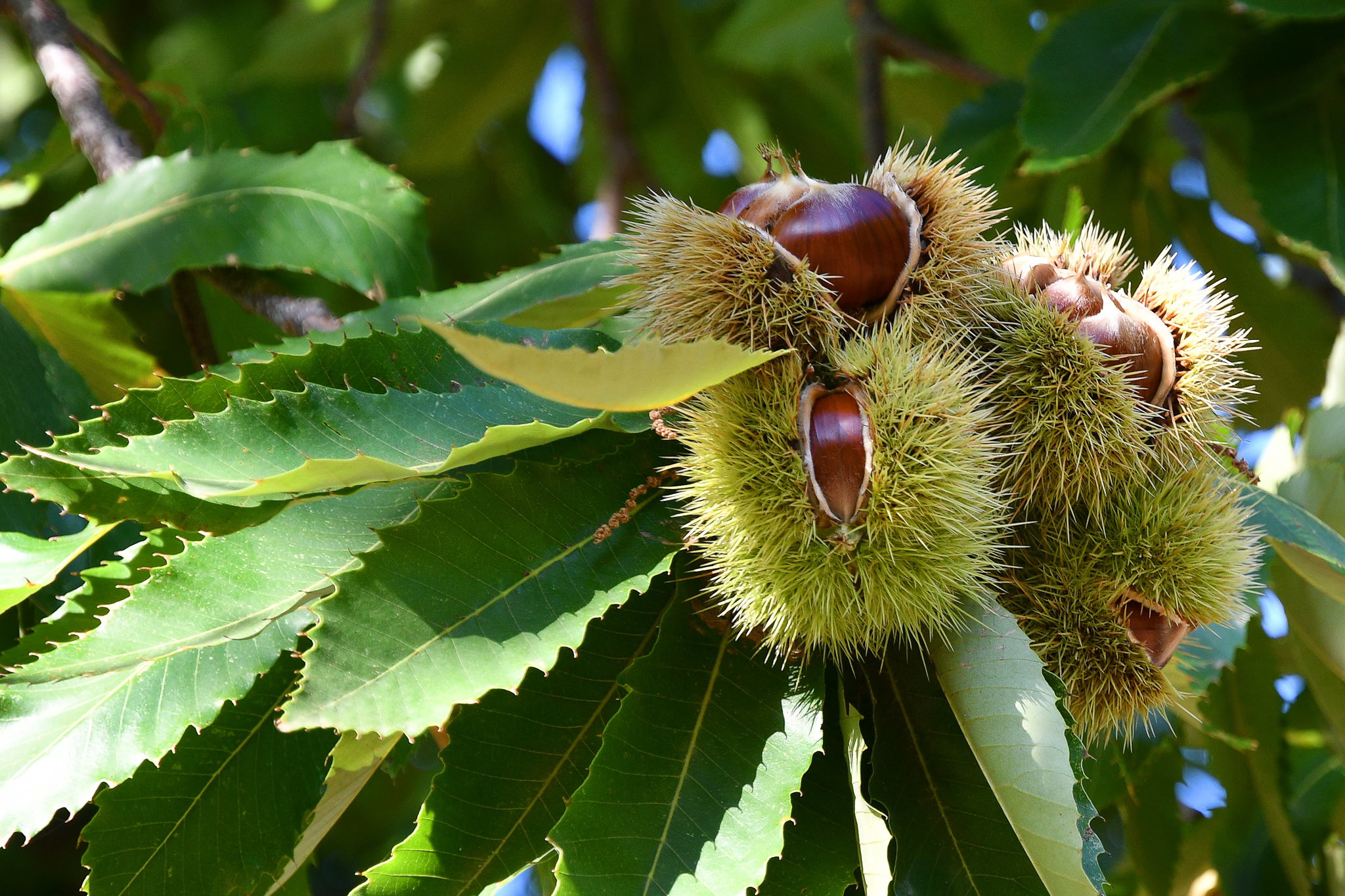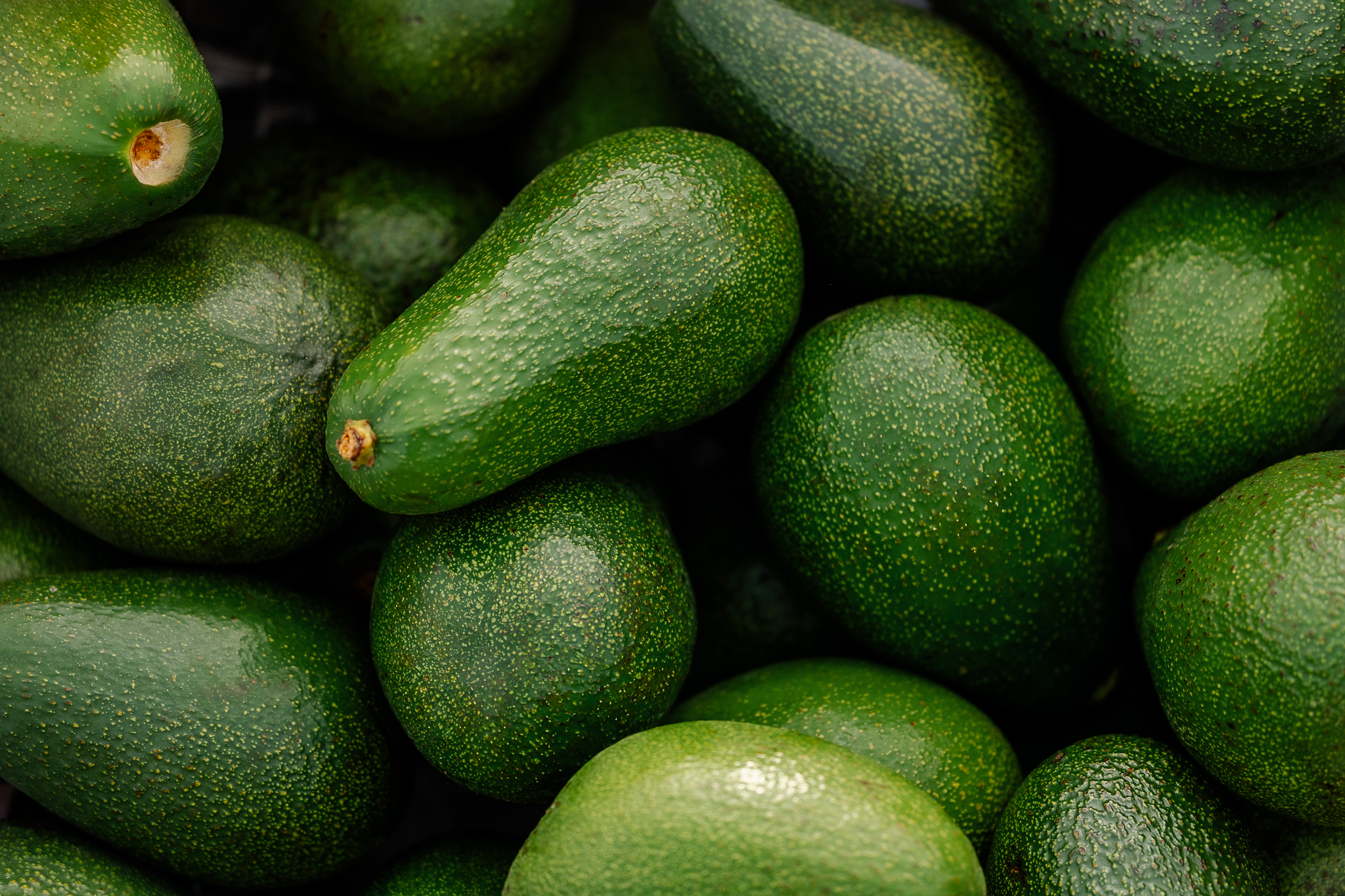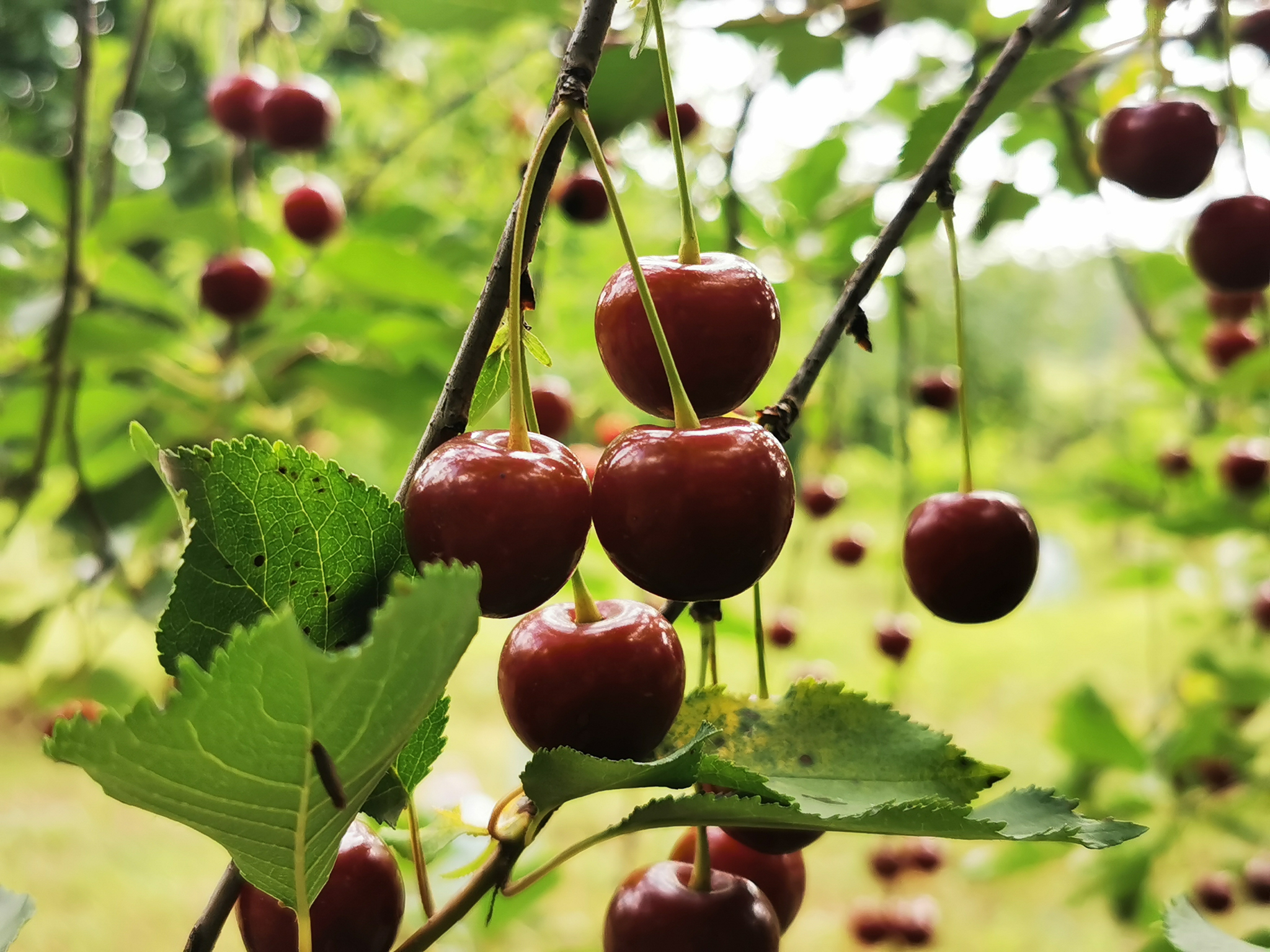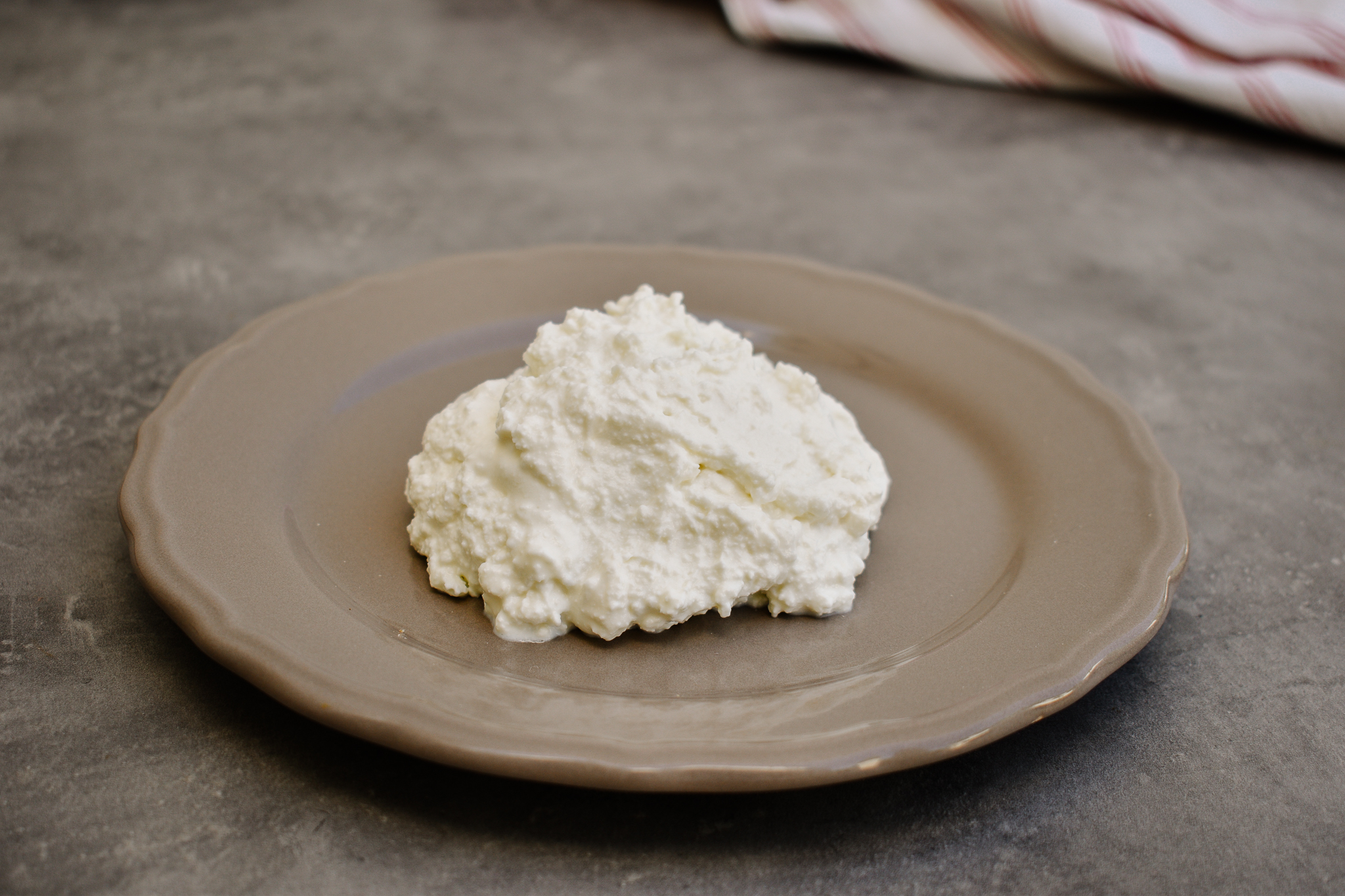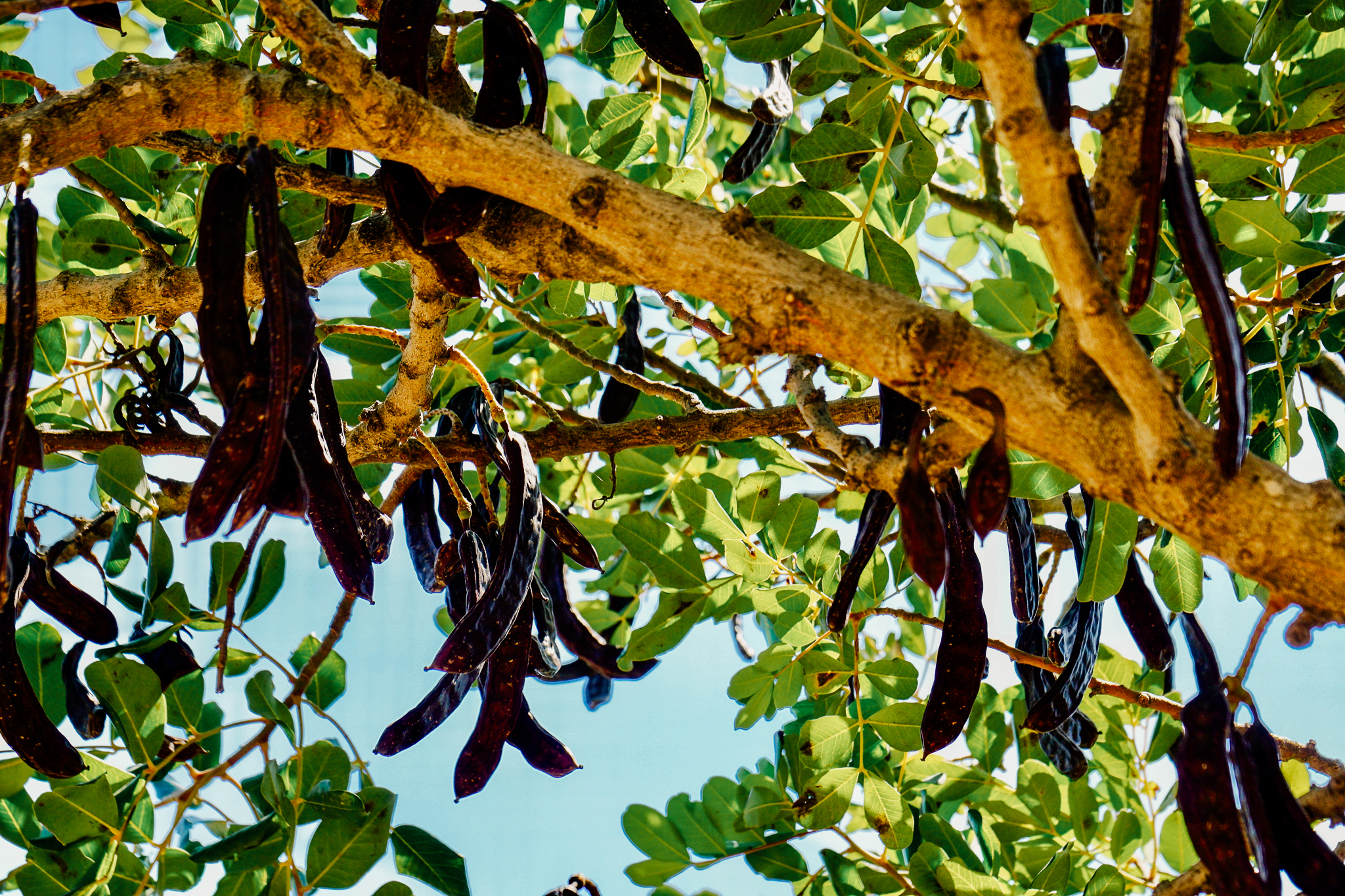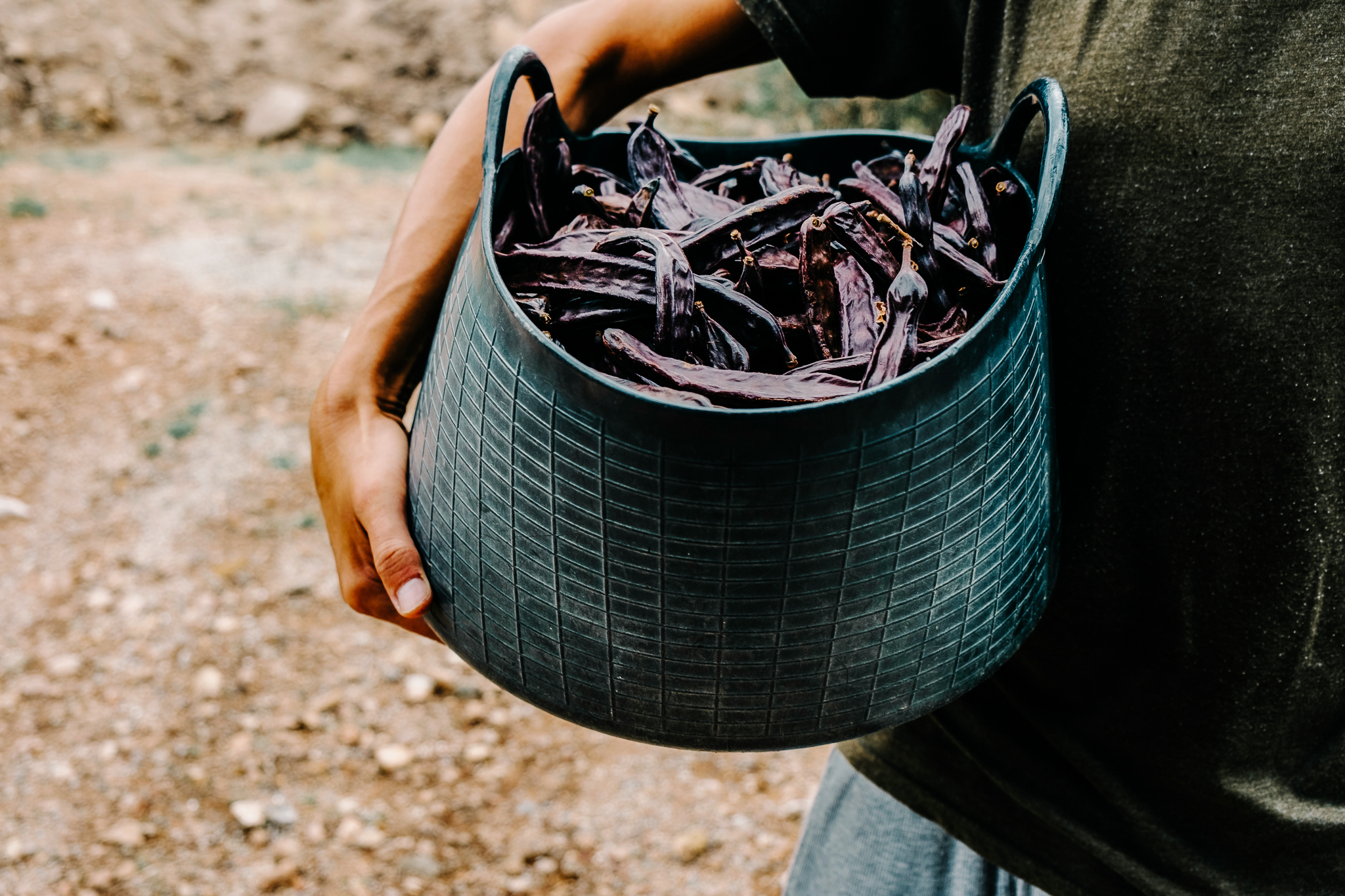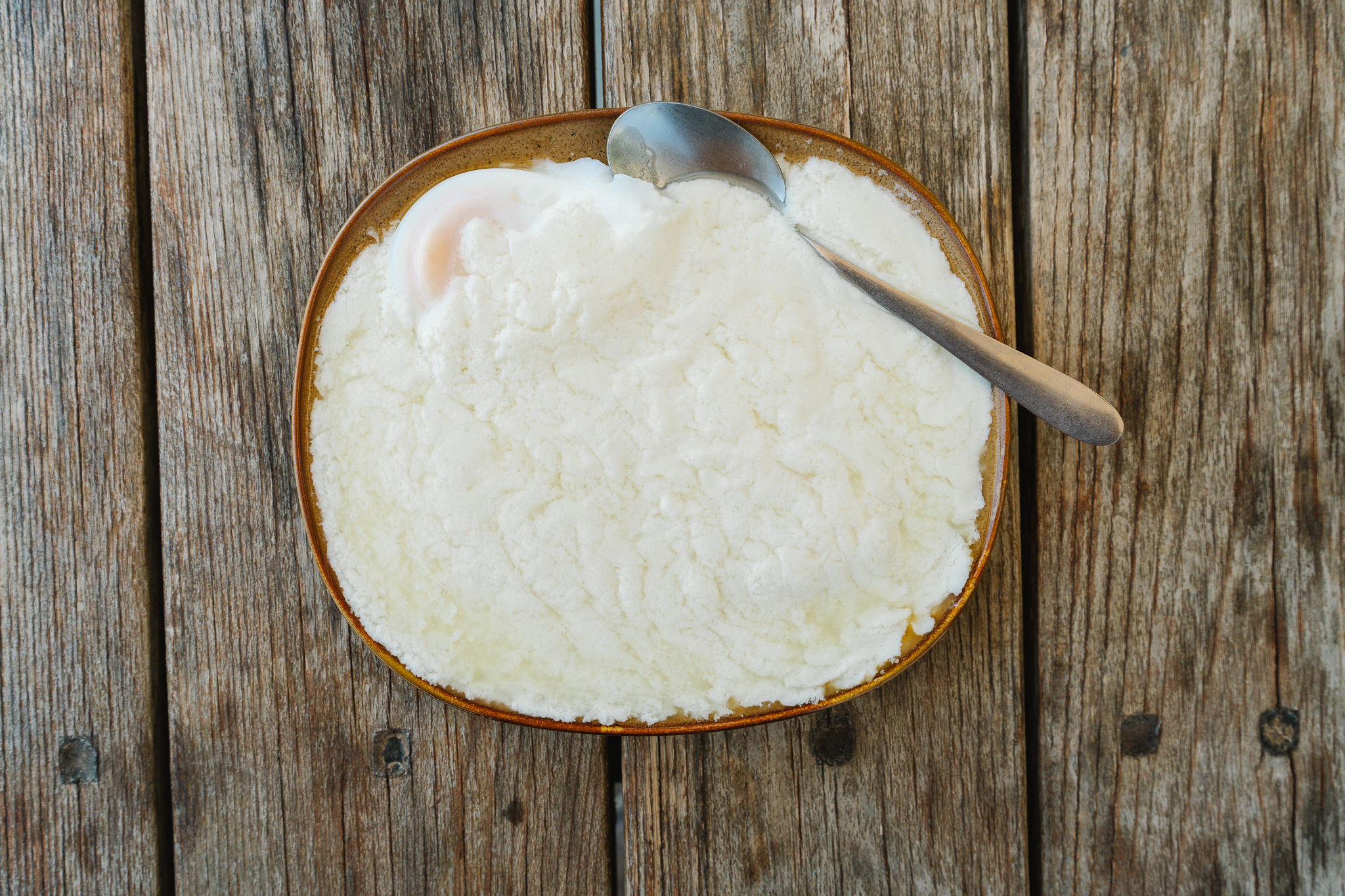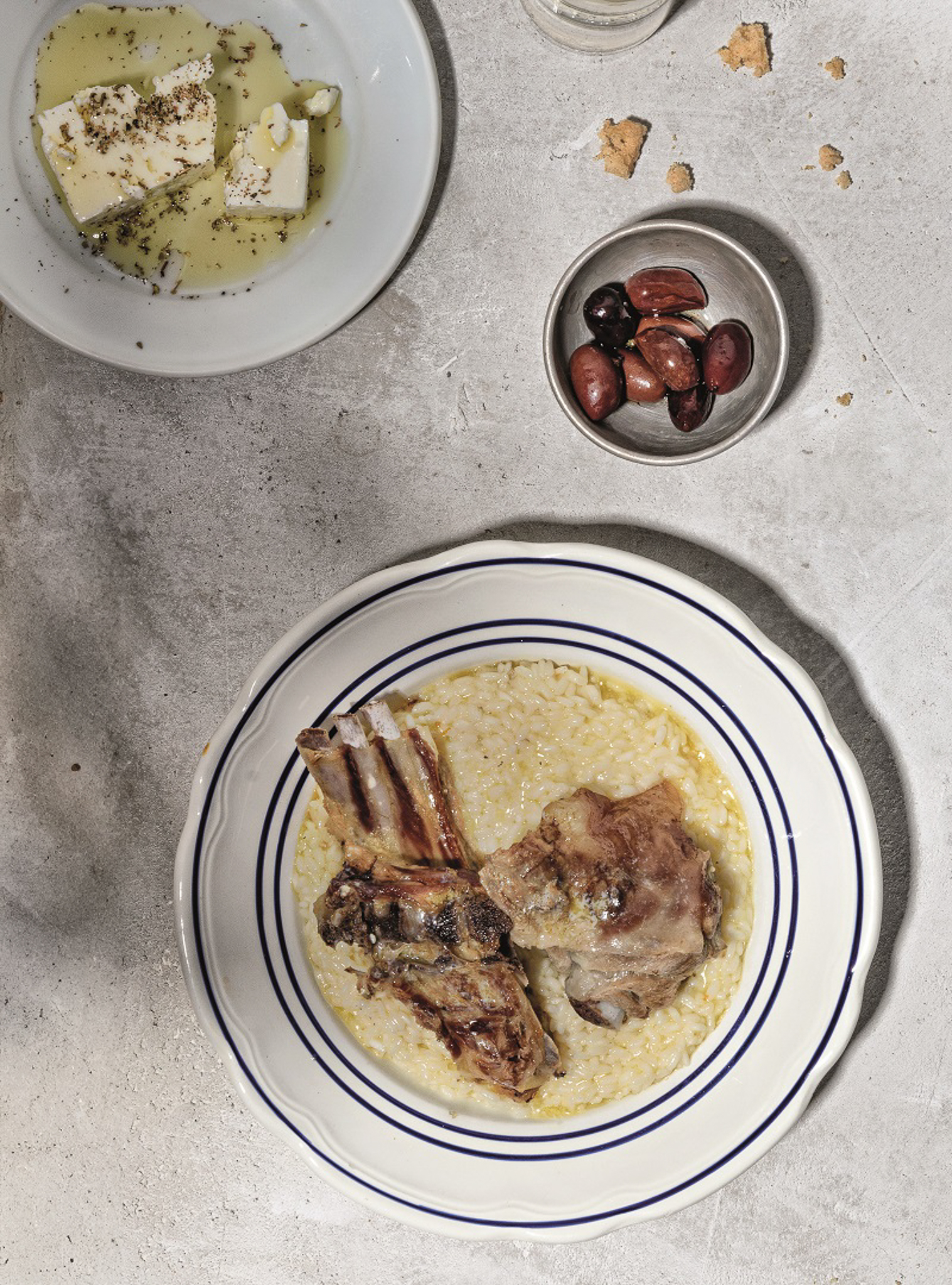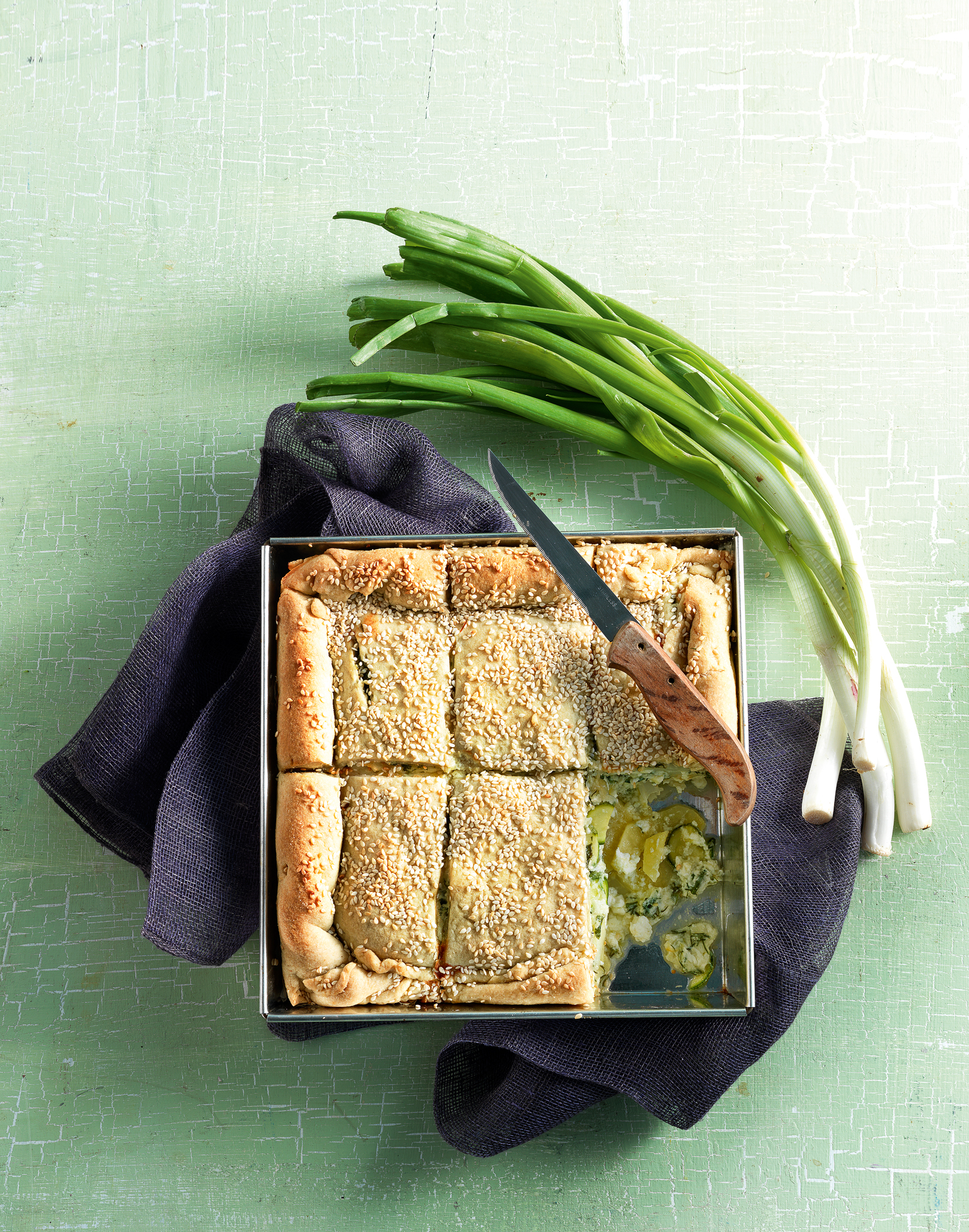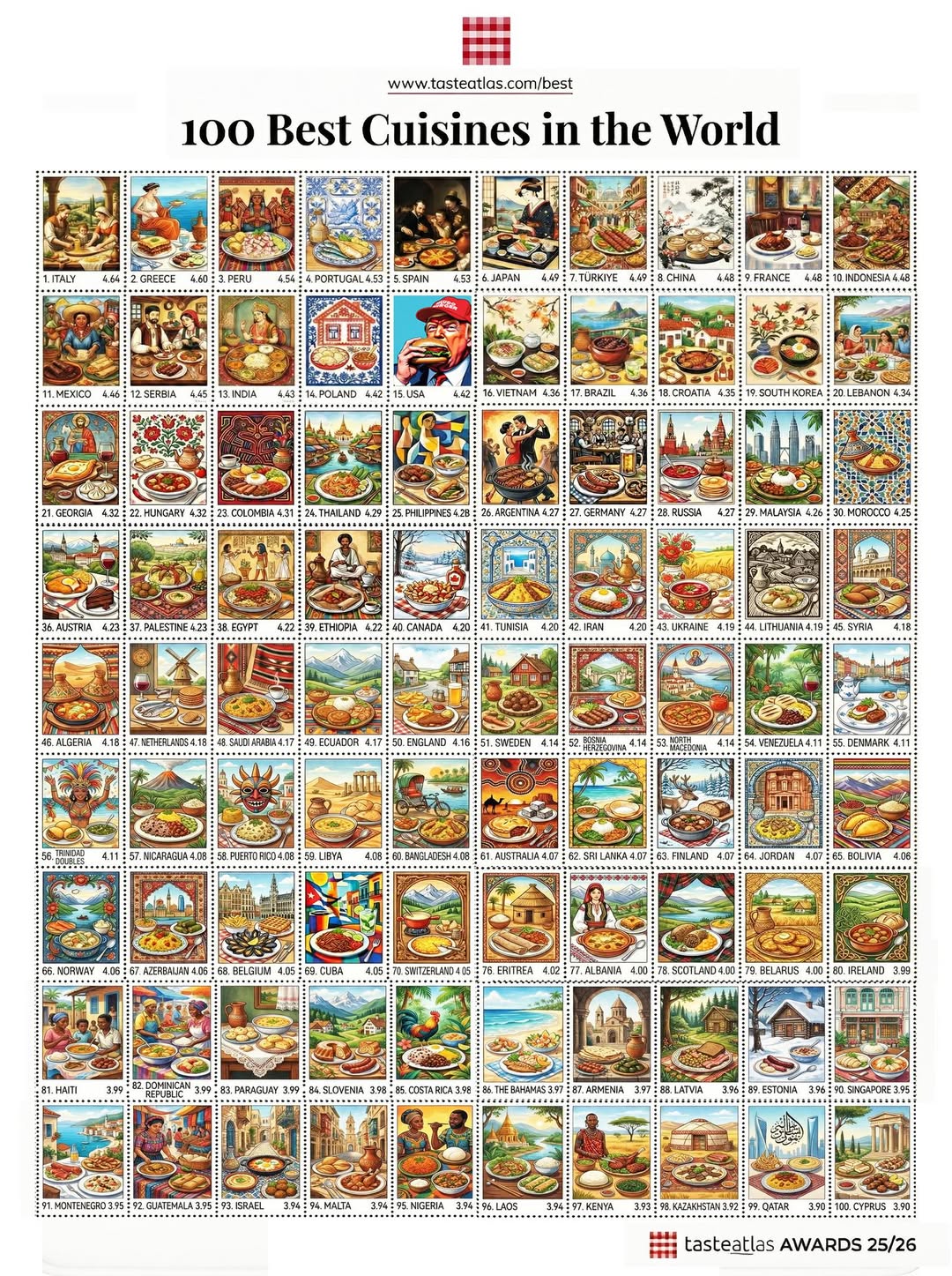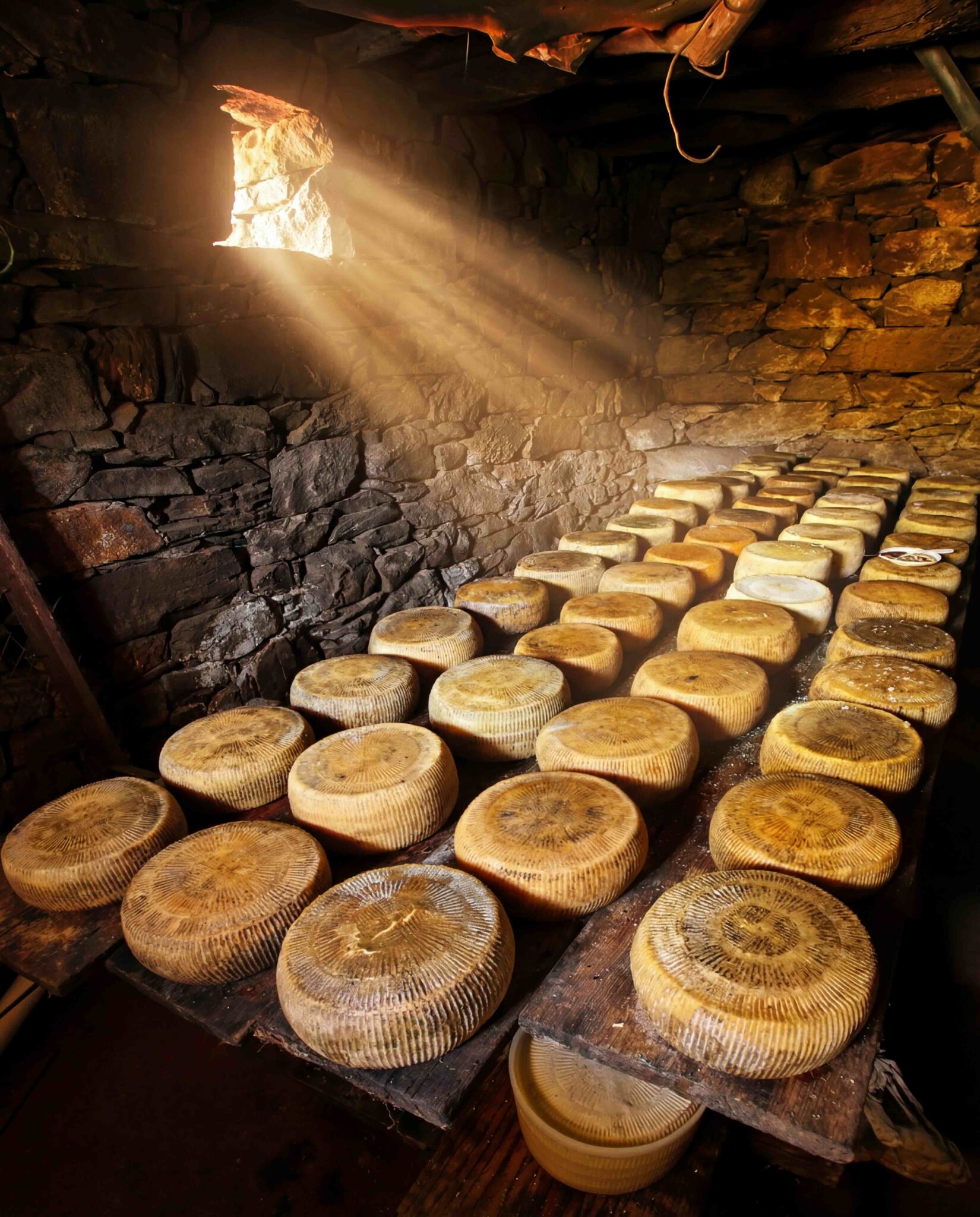The diverse agricultural products from Crete’s fertile plains, combined with its rich tradition of livestock farming, lay the foundation for an array of incredible dishes. The island’s renowned cheesemaking stems from its livestock, producing standout items like PDO Xinomizithra, PDO Pichtogalo from Chania, and PDO Graviera of Crete—a cheese made from goat and sheep milk, aged for at least three months and produced across the island. Other notable cheeses include Kefalotyri and both fresh and dried Mizithra.
Unique dairy products closely associated with Crete include “staka,” made from “tsipa” (the milk skin formed after milking), and the aromatic stakovoutyro, a butter with an irresistible fragrance. Venetian influence introduced complex dishes like the Easter meat pie of Chania, while traditional shepherd dishes, such as the simple yet flavorful “tsigariasto” lamb from Sfakia, are seasoned only with salt in their authentic form. Signature Cretan dishes include “gamopilafo,” a celebratory rice dish served at weddings, along with “boubouristi” snails and fried rabbit with rosemary. For dessert, the authentic Sfakian pie is a true masterpiece, featuring ultra-thin, lace-like dough filled with fresh Xinomizithra, cooked in a hot pan.
Local Products of Chania
Crete is a vast, natural garden with unparalleled biodiversity, home to a variety of herbs such as dittany, thyme, malotira, marjoram, hypericum, sage, and rosemary. According to the Mediterranean Agronomic Institute of Chania, which hosted a 2020 seminar on the conservation of endangered plant species, “the rich, unique plant diversity of Crete represents one-third of Greece’s flora.” The island’s legendary herbs, many of which are endemic and found nowhere else, serve multiple purposes—as beverages, remedies with centuries-old therapeutic use, and spices in renowned Cretan recipes. Scientific research continues to validate their healing properties.
Cretan Dittany (Origanum dictamnus)
Cretan dittany, native only to Crete, belongs to the oregano family, blending its mildly bitter aroma with floral notes. It’s used as an ingredient in various drinks, including vermouth, and is known for its medicinal properties, helping to relieve headaches, stomachaches, and toothaches, and even aiding in the healing of abscesses. Additionally, it is considered an aphrodisiac, which is why it’s sometimes called “erontas,” meaning “love.”
Thyme (Coridothymus capitatus)
Thyme, known for its association with some of the most aromatic honey, has numerous therapeutic benefits. It possesses antiseptic and antibacterial properties, supports brain function, helps combat melancholy, soothes sore throats and severe coughs, and, like dittany, is considered an aphrodisiac.
Malotira
The valuable “Cretan mountain tea” (Sideritis syriaca), also known as malotira, is an indigenous herb that thrives in the majestic Lefka Ori at altitudes between 800 and 2,000 meters. Naturally caffeine-free, it has a pleasant aroma with hints of citrus and chamomile. Known for its anti-inflammatory, antibacterial, and antioxidant properties, it has been consumed on the island since antiquity. Malotira is considered a natural remedy for a range of ailments, including gastrointestinal issues, sore throat, cough, respiratory problems, infections, weakness, nervousness, and sleep disorders. The name “malotira” comes from the Italian words “male” (meaning “bad”) and “tirare” (meaning “to pull”), reflecting its ability to “pull” away illness. While the wild malotira is now rare due to overharvesting and overgrazing, its healing properties have inspired organized organic cultivation to preserve this precious herb.
Marjoram
A member of the oregano family (Origanum microphyllum), it is often used to make therapeutic infusions, often along with malotira. Cretan marjoram has a very strong aroma, quite different from the types found in other regions. It is used to treat colds, coughs, sore throats, earaches, digestive problems, gallstones, and discomfort from menopause.
Hypericum
In Crete, the wild herb known as “agoudouras” is referred to as Hypericum, balm, or St. John’s Wort elsewhere in Greece. A total of 300 species of this plant have been recorded, with nine found in Crete, five of which are endemic. Since ancient times, it has been recommended as a medicinal herb by notable figures such as Hippocrates, Dioscorides, and Galen, due to its recognized antidepressant, healing, and analgesic properties, as well as its immune-boosting and antipyretic effects.
Sage
Salvia officinalis, commonly known as sage, is a wild herb valued for its medicinal and culinary uses, and it has recently been cultivated on a larger scale. Since ancient times, sage has been considered a panacea, as reflected in its botanical name—derived from the Latin verb “salvare,” meaning “to save.” The herb boasts antibacterial, antioxidant, and antidiabetic properties, helps combat indigestion and mouth inflammation, and may aid in addressing memory disorders and depression
Rosemary
Rosmarinus officinalis, commonly known as “arismari” in Crete, is a wild herb valued for its medicinal and culinary properties. It is particularly noted for its benefits in enhancing brain function, including improving memory and promoting blood circulation in the brain. These effects can help combat migraines and headaches, as well as prevent strokes and Alzheimer’s disease. Additionally, rosemary is believed to enhance mood and alleviate depression.
Honey
In Chania, there are 1,200 beekeepers, including 300 professionals, with over 50% focused on producing organic honey. Unique to this region is “malotyra” honey, which is currently undergoing certification in partnership with Aristotle University of Thessaloniki (AUTH) and the Mediterranean Agronomic Institute of Chania (MAICh). Additionally, Chania, like the rest of Crete, produces the Protected Designation of Origin (PDO) Pine-Thyme honey, a blend of pine and thyme honey.
Wine
Chania boasts over 15,000 acres of vineyards, with the dominant variety being Romeiko, known for producing the high-alcohol red wine Marouvas. The region is home to two Protected Geographical Indication (PGI) wine areas: PGI Chania and PGI Kissamos. Additionally, the PGI Cretan Sultanina Raisin is notable, often enjoyed as a table grape, while its skins are used to distill tsikoudia (raki).
Olive Oil
Chania’s extensive olive groves produce both PDO Kolymvari Chania Crete extra virgin olive oil and PGI Chania extra virgin olive oil, primarily from the Koroneiki and Tsounati varieties. Cretan olive varieties include Koroneiki (also known as Psilolia), which is grown throughout Greece and accounts for 60% of the total production. Another variety, Hondrolia or Throubolia, is known for its mild flavor, while Tsounati, or Athinolía, is mainly found in the mountainous regions of Crete. Chania is also home to the headquarters of the Olive, Subtropical Plants, and Vine Institute, which oversees the National Catalog of varieties. Additionally, at Ano Vouves in Kissamos, you can find the Vouves Olive Tree, one of the oldest olive trees in the country, estimated to be between 3,000 and 5,000 years old. This tree has been declared a “Monumental” tree by the Association of Olive Municipalities of Crete.
Tsikoudia or Raki
Tsikoudia, or raki, is a clear, single-distilled spirit internationally known and associated with Crete’s hospitable spirit and daily social life. Cretan vine growers were granted the exclusive right to produce this spirit in 1917 by decision of Eleftherios Venizelos. In 1989, a regulation on spirits was passed, in which the Turks registered the name “raki,” and the Greeks registered the names Tsipouro of Tyrnavos, Tsipouro of Macedonia, Tsipouro of Thessaly, and Tsikoudia of Crete.
The word “tsikoudia” comes from “tsikoudo,” the plural of “tsikouda,” a variation of the word “kokkoi” or “koukouda” or “koukoutsia” (seeds). It is made from the pomace, or “stemfyla” or “tsipoura,” the residue of pressed grapes. The home distillation of alcoholic beverages is not legal today. However, it is carried out in “kazania,” special facilities licensed by the state, ever since the custom of the rakokazano was institutionalized by Eleftherios Venizelos in 1920. The famous “kazanimata” is a unique celebration around which the community gathers, serving as an occasion for a fall feast, a prelude to the great winter festivities.
Citrus Fruits
Citrus cultivation is a key part of Chania’s economy. Among the notable varieties are the juicy and aromatic Maleme PDO oranges, which are ideal for juicing. The Laynato lemons, a natural selection from the region, are produced in limited quantities and are known for their succulence. Grapefruit, both white and pink, has gained popularity in modern healthy eating. The most widely cultivated variety in Crete and around the world is the white Marsh Seedless grapefruit, which is very juicy, seedless, and has tender flesh. Other varieties include the pink, seedless Pink Marsh, known for its sweet-tart flavor, and the exceptionally juicy red Star Ruby.
Chestnuts (Maronia)
The Cretan chestnut variety is famous for its small, sweet, and delicious nuts. Among the Nine Villages of mountainous Kissamos, where chestnuts are the main product of interest (Limni, Ntere, Palaia Roumata, Prase, Rogdia, Sirikari, Strovoli, Fournes), the village of Elos, built among plane trees and chestnuts, is considered the quintessential chestnut village of Chania. A special variety of chestnuts, the “Rogdiano Chestnut,” is produced in Rogdia. At the end of October, a three-day Chestnut Festival is organized in Elos.
Avocado
The thorny subtropical plant has thrived in the mild microclimate of Western Crete, particularly in areas such as Agia, Vatolakko, Skine, Fournes, and Koufos. It has been successfully cultivated in various varieties for over 60 years. Another subtropical plant that flourishes here is mango, which is also exported abroad.
Cherries
Cherries are abundant across the island, especially in the village of Sempronas in Chania and Karano in Omalos, known for its vast cherry forests. Since 1979, the Cherry and Farmer’s Festival has been celebrated here, featuring an abundance of cherries, food, and music. Cretan black cherries thrive, along with varieties like “Gerakaria,” which has a distinctive yellowish line and originates from the village of Gerakari in Rethymno. Cretans traditionally used cherry pits and stems to create a therapeutic decoction known for its potent diuretic properties, effective against kidney stones.
Pichtogalo of Chania
Pichtogalo, also referred to as “galomizithra” by locals, is a fresh, spreadable cheese with a thick yogurt-like consistency and a slightly acidic taste. Made from whole goat and sheep milk, it sometimes includes a bit of cow’s milk. This cheese is a key ingredient in the famous Chania zucchini pie, is used in dakos (with PGI Chania Cretan rusks), and complements many dishes, such as stuffed vegetables, sautéed wild greens, and imam bayildi.
Carob
Carob is a superfood that has historically fed animals and helped save Crete from famine during World War II. In 2019, it was inscribed in the National Inventory of Intangible Cultural Heritage. After years of decline due to past hardships, carob cultivation has regained significance in the island’s agricultural economy. Most of Greece’s carob trees are found in Crete, with Chania being the leading region, producing half of the island’s total yield, particularly from Apokoronas. Known for its high nutritional value and sweet flavor, often referred to as the “chocolate of the poor,” carob has inspired a range of popular products, including carob bread, rusks, sweets with carob syrup, and carob flour, crafted by a new generation of bakers and renowned Greek chefs. The unique carob forest near the Three Churches, south of Heraklion, and the “Carob Mill” in Panormo, Rethymno—a 1930 industrial monument once used for processing carobs—now serves as a cultural center.
Recipes from Chania
Chaniotiko Boureki
This delicious thick summer pie features crispy dough layered with zucchini, potatoes, and Cretan cheeses, mainly mizithra, all beautifully flavored with mint.
Eggs with Staka
A divine dish from Chania, served as either a side or main meal, combines unique staka and fried eggs. Staka is a tangy cream made from sheep or goat milk, derived from the skin that forms on the surface after milking. The staka is gently heated until melted, and then eggs are added to the pan. Once cooked, they are served together. The staka is thickened with flour, a pinch of salt, and a little water before being plated alongside the eggs.
Stamnagathi with Goat
This fricassee highlights the slightly bitter wild stamnagathi, which is aromatic and crisp. Goat meat is sautéed with dry onions and cooked until tender, then boiled stamnagathi is added, ensuring it retains its crunch. The dish is finished with a thickening agent, either avgolemono (egg-lemon sauce) or “ntermpigié,” a traditional Chania-style flour-lemon sauce.
Gamopilafo
Authentic gamopilafo is a deeply flavorful pilaf made with two or three types of meat, typically served at weddings and grand celebrations. Lamb is boiled until tender, along with Chania’s PDO goat, creating a lemony meat juice that melds beautifully with the rice, giving it a creamy texture enhanced by the addition of staka.



